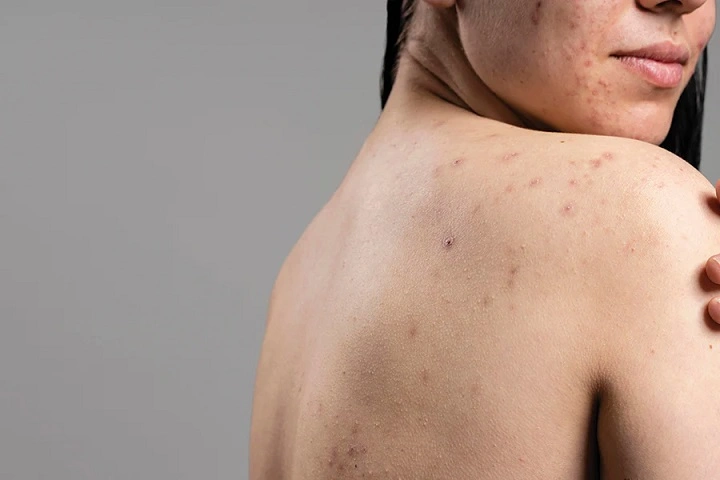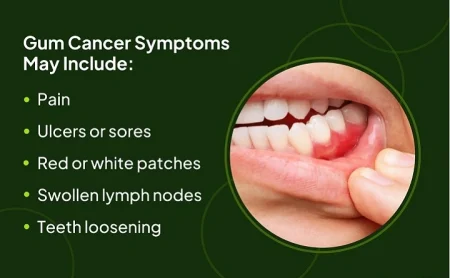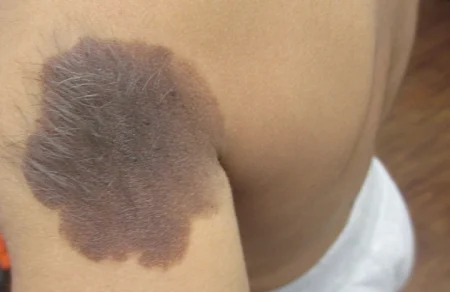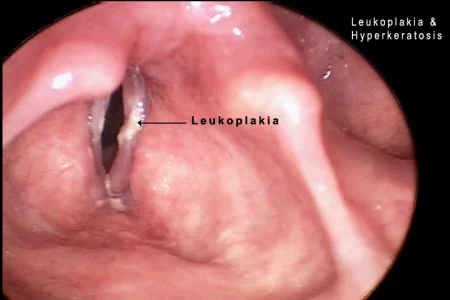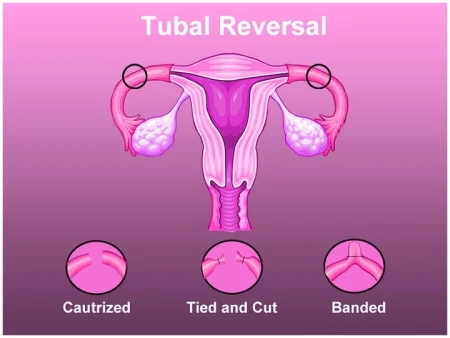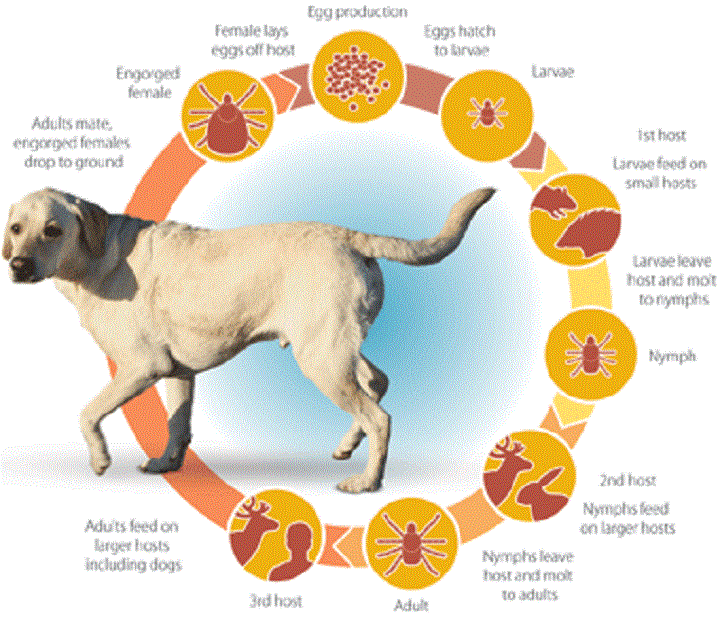Skin diseases affect millions of people worldwide, causing discomfort, embarrassment, and sometimes serious health complications. Understanding these conditions is essential for proper diagnosis, treatment, and prevention. In this comprehensive guide, we’ll explore ten common skin diseases, accompanied by images for visual reference. From acne to eczema, we’ll delve into the causes, symptoms, diagnosis, and treatment options for each condition.
Acne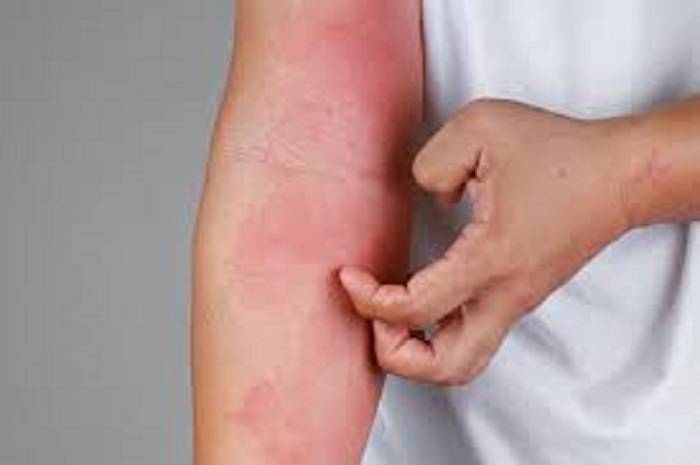
- Overview: Acne is a common skin condition characterized by pimples, blackheads, and whiteheads.
- Causes: Hormonal changes, excess oil production, bacteria, and genetics can contribute to acne.
- Symptoms: Red, inflamed bumps, pus-filled lesions, and oily skin.
- Diagnosis: Typically diagnosed based on appearance and medical history.
- Treatment: Over-the-counter creams, prescription medications, and lifestyle changes.
Eczema (Atopic Dermatitis)
- Overview: Eczema is a chronic skin condition that causes itching, inflammation, and redness.
- Causes: Genetics, immune system dysfunction, environmental factors, and allergies.
- Symptoms: Dry, itchy patches, redness, swelling, and oozing lesions.
- Diagnosis: Medical history, physical examination, and sometimes skin tests.
- Treatment: Moisturizers, topical corticosteroids, antihistamines, and avoiding triggers.
Psoriasis
- Overview: Psoriasis is a chronic autoimmune condition characterized by rapid skin cell growth.
- Causes: Genetics, immune system dysfunction, and environmental factors.
- Symptoms: Thickened, red patches covered with silvery scales, itching, and discomfort.
- Diagnosis: Physical examination, medical history, and sometimes skin biopsy.
- Treatment: Topical treatments, phototherapy, systemic medications, and lifestyle changes.
Rosacea
- Overview: Rosacea is a chronic inflammatory skin condition that primarily affects the face.
- Causes: Genetics, environmental factors, and vascular abnormalities.
- Symptoms: Facial redness, visible blood vessels, papules, and pustules.
- Diagnosis: Based on appearance and medical history.
- Treatment: Topical medications, oral antibiotics, laser therapy, and lifestyle modifications.
Dermatitis
- Overview: Dermatitis refers to inflammation of the skin, which can have various causes.
- Causes: Allergens, irritants, genetics, and underlying health conditions.
- Symptoms: Redness, itching, swelling, and sometimes blisters or crusts.
- Diagnosis: Medical history, physical examination, and sometimes patch testing.
- Treatment: Topical corticosteroids, moisturizers, antihistamines, and avoiding triggers.
Hives (Urticaria)
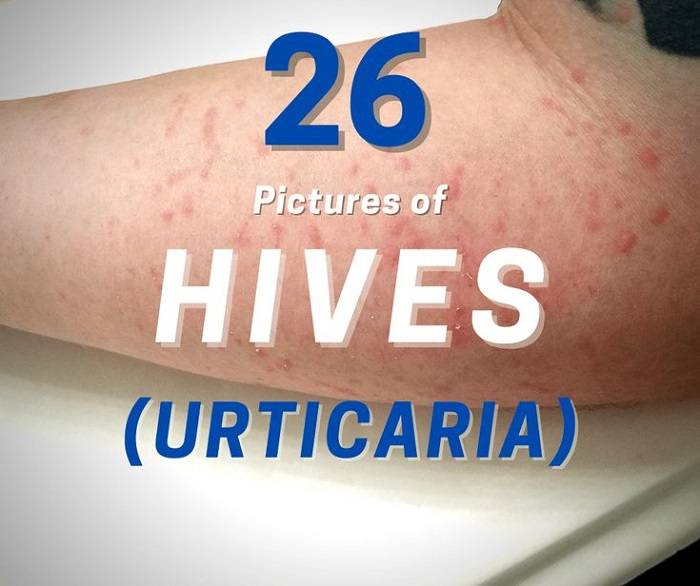
- Overview: Hives are raised, itchy welts on the skin that often result from an allergic reaction.
- Causes: Allergens, medications, infections, and stress.
- Symptoms: Red, swollen welts that vary in size and shape, itching, and burning.
- Diagnosis: Based on appearance and medical history.
- Treatment: Antihistamines, corticosteroids, and avoiding triggers.
Vitiligo
- Overview: Vitiligo is a skin disorder characterized by depigmented patches on the skin.
- Causes: Autoimmune destruction of melanocytes, genetics, and environmental factors.
- Symptoms: Loss of skin color, typically in patches or spots.
- Diagnosis: Physical examination, medical history, and sometimes skin biopsy.
- Treatment: Topical corticosteroids, phototherapy, depigmentation therapy, and camouflage cosmetics.
Impetigo
- Overview: Impetigo is a highly contagious bacterial skin infection that commonly affects children.
- Causes: Staphylococcus aureus or Streptococcus pyogenes bacteria.
- Symptoms: Red sores that rupture and ooze, forming honey-colored crusts.
- Diagnosis: Based on appearance, medical history, and sometimes bacterial culture.
- Treatment: Topical or oral antibiotics, keeping the affected area clean, and avoiding scratching.
Shingles (Herpes Zoster)
- Overview: Shingles is a viral infection caused by the varicella-zoster virus, the same virus that causes chickenpox.
- Causes: Reactivation of the dormant virus in the nerve tissues.
- Symptoms: Painful rash with fluid-filled blisters, itching, and burning.
- Diagnosis: Based on symptoms and sometimes laboratory tests.
- Treatment: Antiviral medications, pain relievers, and sometimes corticosteroids.
Ringworm (Dermatophytosis)
- Overview: Ringworm is a fungal infection that causes a red, ring-shaped rash on the skin.
- Causes: Fungi called dermatophytes.
- Symptoms: Red, scaly rash that may itch or burn, and distinct ring-shaped appearance.
- Diagnosis: Physical examination, skin scraping for microscopic examination, and sometimes fungal culture.
- Treatment: Antifungal medications, topical creams, and keeping the affected area clean and dry.
Skin diseases encompass a wide range of conditions, each with its own causes, symptoms, and treatment options. By understanding these diseases and their associated images, individuals can better recognize symptoms, seek appropriate medical care, and take steps to prevent and manage these conditions effectively. If you suspect you have a skin disease, consult a dermatologist for accurate diagnosis and personalized treatment recommendations. Remember, early intervention can lead to better outcomes and improved skin health.


